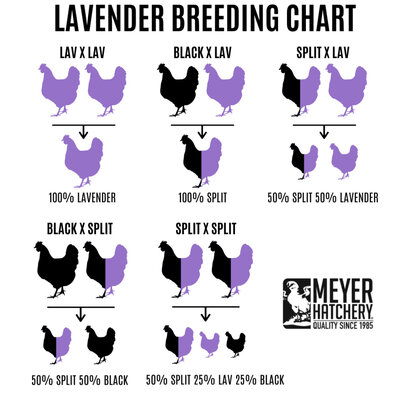@3KillerBs We think we have a Black Australorp, but we're not sure whether she's a Black Orpington or not. I'm leaning towards Black Orpington because of how she looks general, but I just call her a Black Australorp. If you mind, would you tell me which breed she is when I get a picture of her?
I can try, but it's extremely difficult to tell hatchery-grade Australorps and Orpingtons apart. I don't have enough experience with show-quality birds (it's remarkably hard to get images of show winners with an internet search), to be certain about anything, but it seems to me that Orpingtons are rounder and softer-looking while Australorps are, for lack of a better word, more athletic-looking.
I had a Lavender Orpington that impersonated a pale and poorly-laced Blue Australorp for the best part of a year until her shredder gene showed up. (As LOs go, her shredding wasn't too bad, actually. But she didn't fit into my flock).
Black Orpingtons are quite uncommon in the US -- I can't actually think of a hatchery that offers them -- so *most* white-skinned, all black, clean-legged chickens who come from a US hatchery are Australorps.



